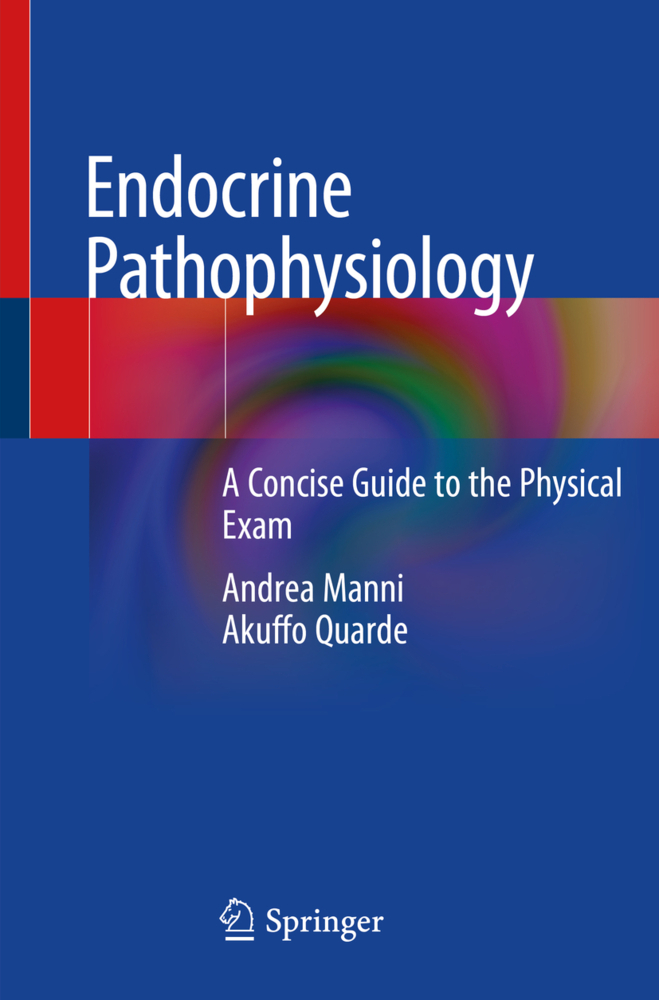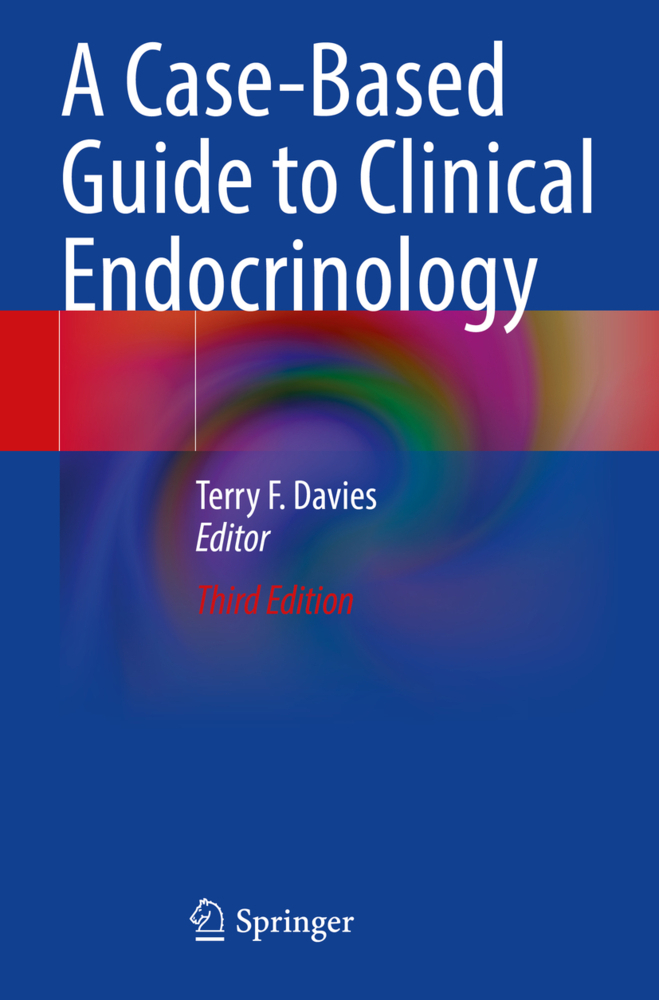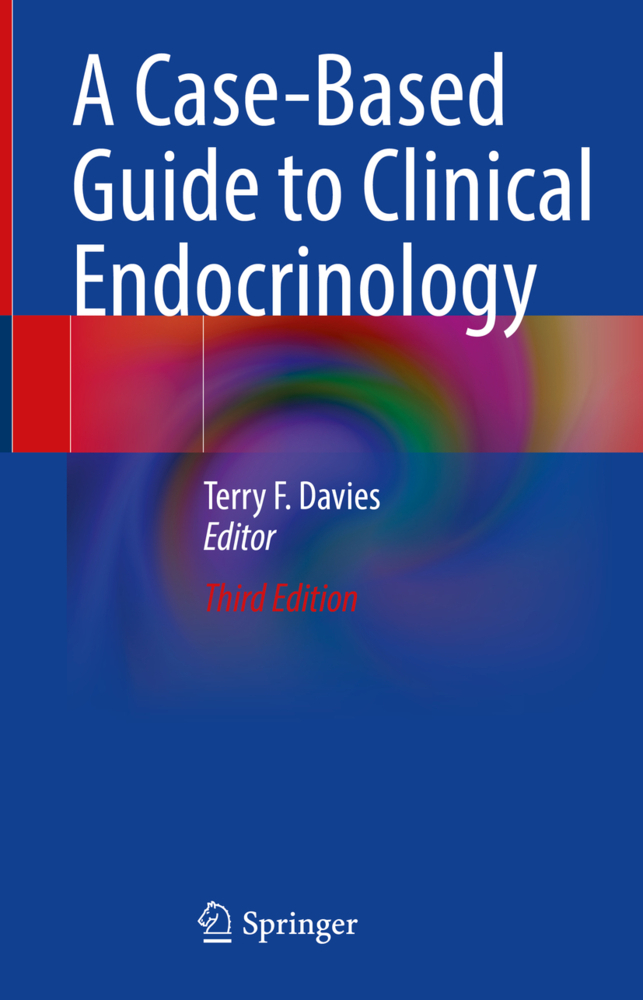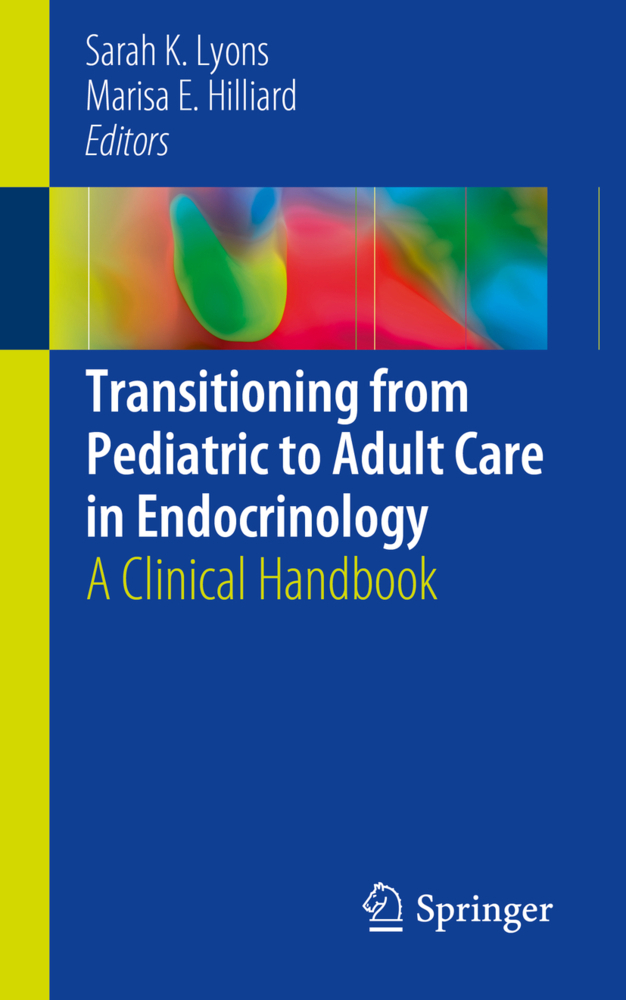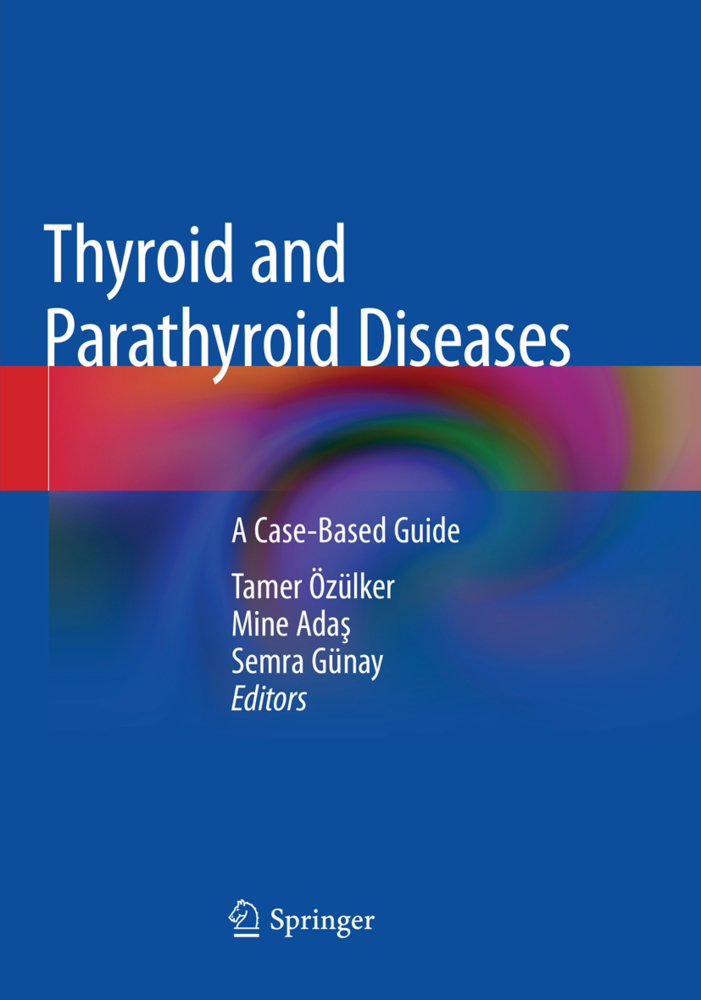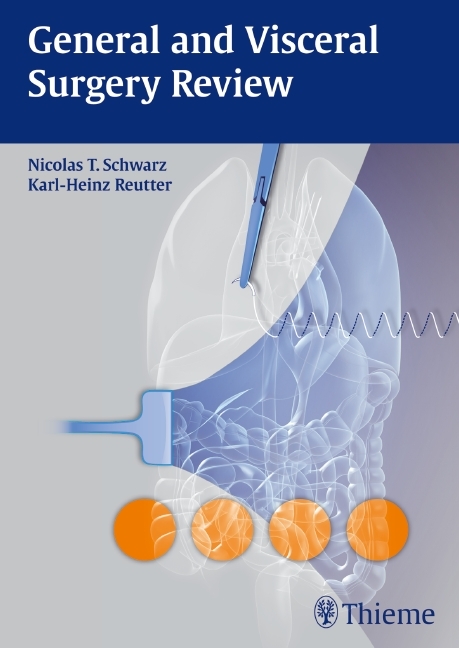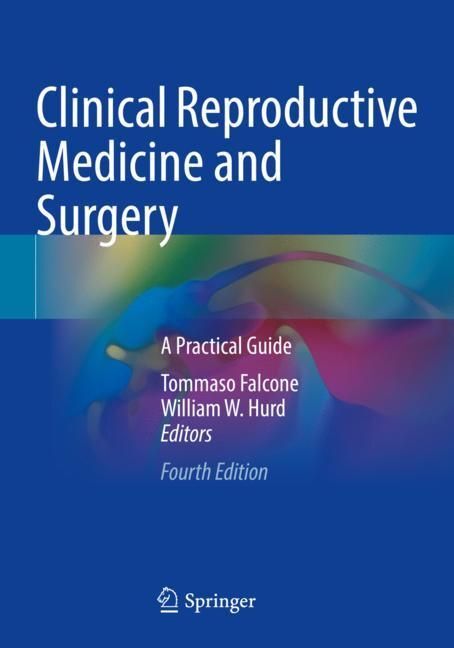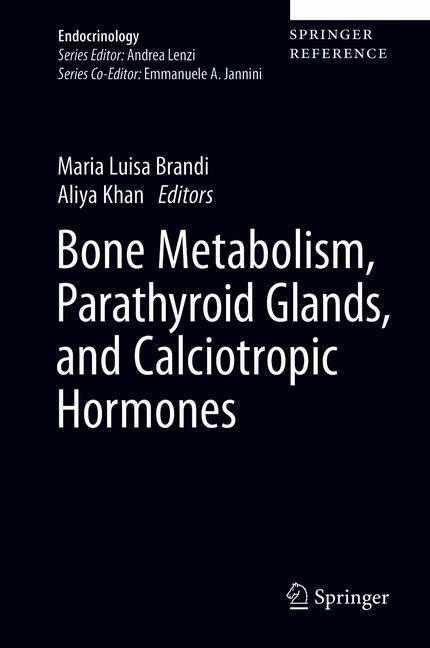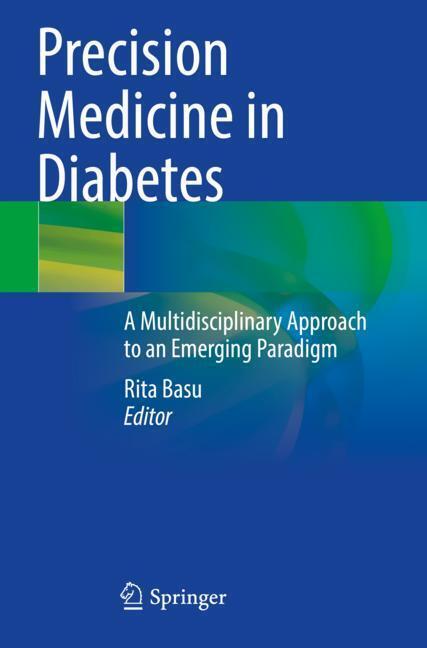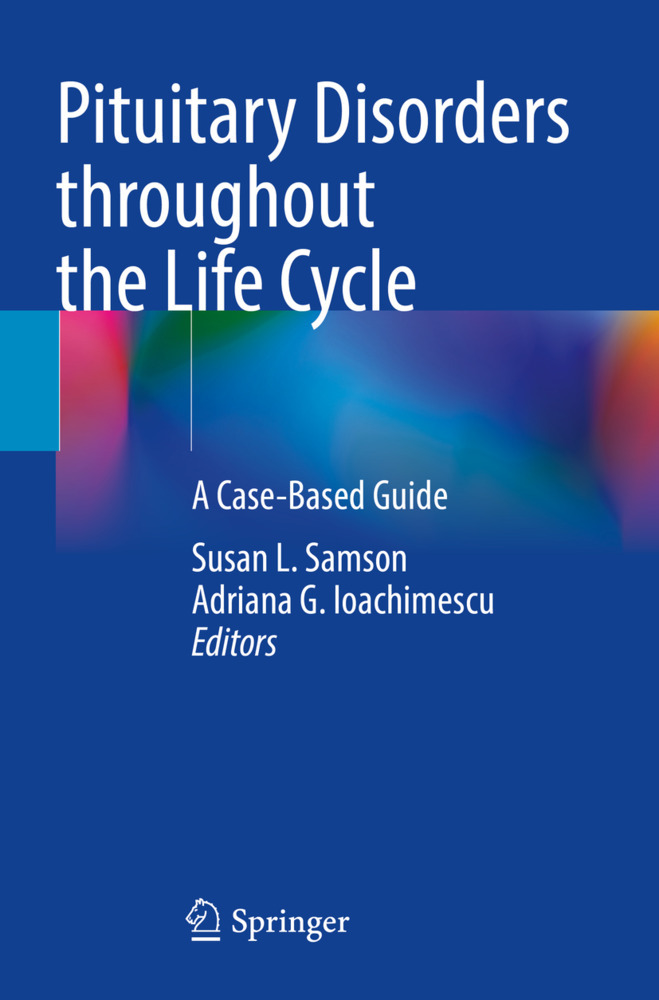Endocrine Pathophysiology
A Concise Guide to the Physical Exam
Endocrine Pathophysiology
A Concise Guide to the Physical Exam
This practical guide presents a concise approach to exploring endocrine pathophysiology through the physical exam, emphasizing common clinical signs in endocrinology that can be elicited through inspection, palpation, percussion or auscultation. The established and proposed mechanisms underlying these physical signs are highlighted, allowing students, residents and trainees to better appreciate endocrine pathophysiology at the bedside.
The text is organized sensibly to facilitate quick and efficient review by medical trainees. Major diseases in endocrinology are grouped by organ systems - pituitary, thyroid, adrenal, and so on. Specific physical examination findings in each primary endocrine disease are reviewed and grouped under the categories of clinical features and pathophysiology, followed by related clinical and pathophysiology pearls. A brief description of the clinical finding is followed by a summary of the pathophysiologic mechanisms underlying the stated clinical finding. Relevant normal physiology and pathophysiology are reviewed where applicable, to facilitate learning.
There are numerous texts on the pathophysiologic basis of diagnostic and laboratory findings in endocrinology. There is, however, no dedicated text to address questions that might be asked by trainees. Endocrine Pathophysiology satisfies this need in the literature.
Adrenal Gland Signs
Pancreatic Gland Signs
Parathyroid Gland and Musculoskeletal Signs
Reproductive Organ Signs
Signs in Disorders of Lipid Metabolism and Obesity.- Eponymous Terms and Selected Historical Figures in Endocrinology
Appendices.
The text is organized sensibly to facilitate quick and efficient review by medical trainees. Major diseases in endocrinology are grouped by organ systems - pituitary, thyroid, adrenal, and so on. Specific physical examination findings in each primary endocrine disease are reviewed and grouped under the categories of clinical features and pathophysiology, followed by related clinical and pathophysiology pearls. A brief description of the clinical finding is followed by a summary of the pathophysiologic mechanisms underlying the stated clinical finding. Relevant normal physiology and pathophysiology are reviewed where applicable, to facilitate learning.
There are numerous texts on the pathophysiologic basis of diagnostic and laboratory findings in endocrinology. There is, however, no dedicated text to address questions that might be asked by trainees. Endocrine Pathophysiology satisfies this need in the literature.
Pituitary Gland Signs
Thyroid Gland SignsAdrenal Gland Signs
Pancreatic Gland Signs
Parathyroid Gland and Musculoskeletal Signs
Reproductive Organ Signs
Signs in Disorders of Lipid Metabolism and Obesity.- Eponymous Terms and Selected Historical Figures in Endocrinology
Appendices.
| ISBN | 978-3-030-49871-9 |
|---|---|
| Artikelnummer | 9783030498719 |
| Medientyp | Buch |
| Auflage | 1st ed. 2020 |
| Copyrightjahr | 2020 |
| Verlag | Springer, Berlin |
| Umfang | XVII, 200 Seiten |
| Abbildungen | XVII, 200 p. 136 illus., 64 illus. in color. |
| Sprache | Englisch |

